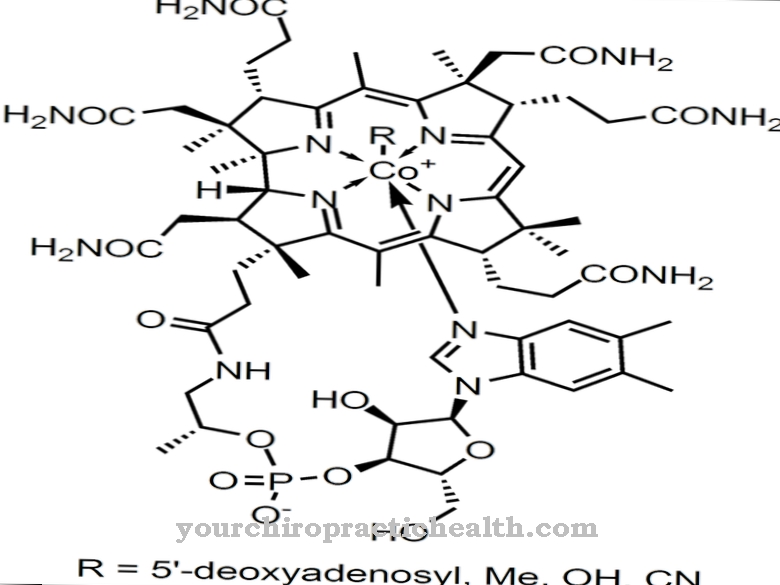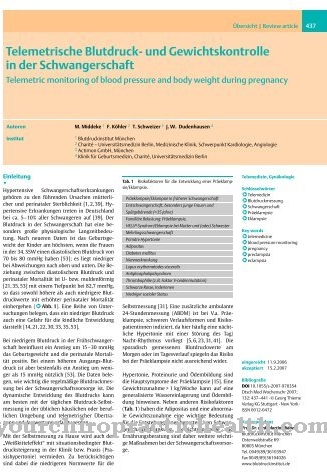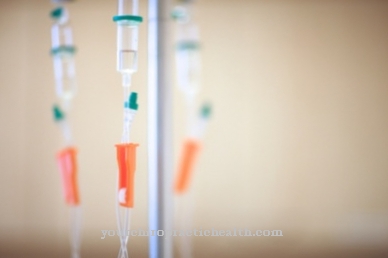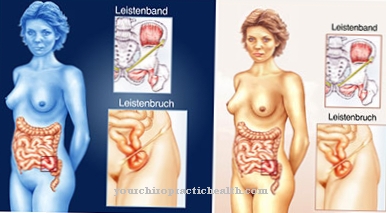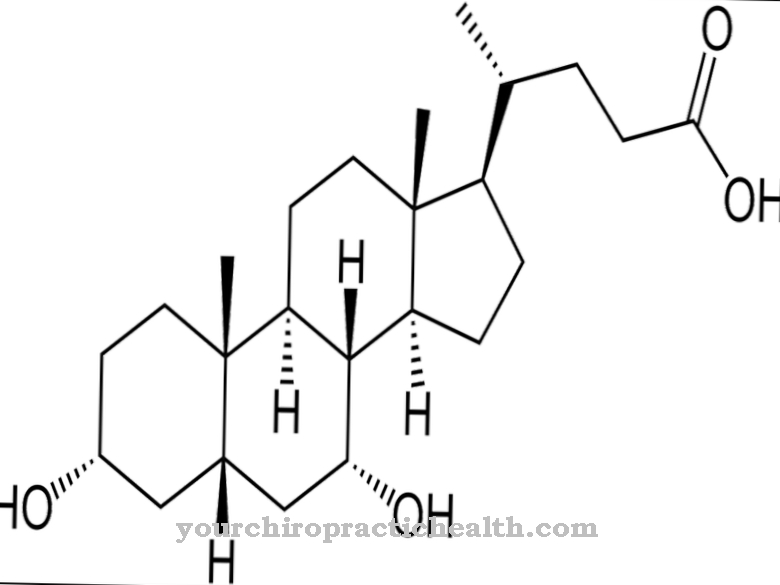In children, intestinal hernias or an inguinal hernia, so-called hernias, usually occur on the umbilical ring and in the groin area, with inguinal hernias being the most common. The following developmental processes in the human embryo are intended to make it clear why inguinal hernias occur relatively often.
Causes of Inguinal Hernia in Children & Babies
The neural tube, the system for the central nervous system, is formed by invagination from the neural groove. Afterwards, uterine segments develop on both sides of the neural tube and bulge into the primary abdominal cavity. The urnal kidney and the renal primordia develop from these uterine segments, whereby the urnal kidney becomes the gonadal primordia. The further development and change in the position of the gonads depends on the sex of the seedling. While the ovary only approaches the anterior abdominal wall in female seedlings, the changes in position in male embryos are much larger.
The male gonads migrate with them into the scrotum, which is a part of the abdominal cavity outside the abdominal cavity. This process can be explained by the heat conditions that are necessary for the formation of the sperm cells and are around 36 degrees Celsius. Since the temperature inside the abdominal cavity, the so-called core temperature, is around 37.5 degrees Celsius, the lower heat conditions in the scrotum, due to the outside temperature, are more favorable for the development of the sperm cells.
As they move into the scrotum, the gonads take along an extension of the peritoneum, which surrounds them together with blood vessels and the spermatic cord. Normally, the wall sections of the peritoneal process stick together again at the time of embryonic maturity, that is, the peritoneum process (now referred to as the testicular sheath) separates completely from the abdominal cavity. Only the inguinal canal remains open, because the blood vessels that nourish the gonads and the spermatic cord must still have a passage, which, however, is usually covered by strong muscle bundles.
However, if this peritoneal process does not close, then there is an open connection between the abdominal cavity and testicular sheath, which can become a hernial sac by slipping in loops of the intestine and other parts of the abdominal cavity contents. These anatomical and developmental relationships also explain why an inguinal hernia is found in about 90 percent of all cases in boys.
Parts of the intestines can slip into the hernial sac if the child presses the abdominal wall hard for various reasons, for example when trying to regularly evacuate hard stool from the intestine. Then a protrusion in the groin can be seen externally. Most of the time, the contents of the hernial sac are loops of intestine, less often it is power supply units that normally cover the loops of intestine.
Frequency & characteristics
A right-sided inguinal hernia (60%) occurs more often than a left-sided (25%) or a double-sided (15%), since the complete displacement of the right gonad into the scrotum occurs later than on the left side, thereby creating the right peritoneal process stays open longer. In addition to these congenital hernias, the so-called acquired hernias are also known. They pass directly through a point on the abdominal wall where the abdominal wall is not completely covered by the muscle bundles that go in different directions. So you don't need to follow the inguinal canal. However, such hernias are rarely found in children.
Symptoms & Signs
The congenital hernias usually only become visible a few weeks to months after the birth. Weak and premature babies are far more likely than other children.The often strong press cough, which occurs with whooping cough or other severe inflammatory diseases, always stresses the abdominal wall, increases the pressure within the abdominal cavity and thus promotes the occurrence of an inguinal hernia, especially in infants and toddlers. It will be understandable that muscle training of the abdominal wall, which is started in early infancy with light gymnastic exercises and occasional prone positioning and then continued throughout kindergarten and school, contributes to the prophylaxis (prevention) of such fractures.
The hernia can appear as a small protrusion in the groin, often only the size of a hazelnut. If it persists for a long time and bulges more frequently, it reaches considerable sizes. It then often sinks into the scrotum, which can sometimes reach the size of a fist, which greatly affects the children's well-being. They are then often restless and scream a lot, have poor appetite, vomit easily and, for these reasons, gain little weight.
If the child lies quietly or is brought into a warm bath, the hernial tumor often retreats into the abdominal cavity by itself. If this does not happen, the contents of the hernial sac must be carefully pushed back by hand. Such a fracture only becomes problematic (for parents and child, not for the surgeon) when the contents of the hernial sac are trapped in the hernial opening, which can have many causes, but two of which are particularly important.
Let us assume that there is a loop of the small intestine in the hernial sac. In such a case, the contents of the intestine go through the supplying leg into the intestinal part, which is located in the hernial sac, and then on into the draining leg. So the contents of the intestine (which always contain bacteria and in which chemical processes take place) have to pass through the section of intestine narrowed in the hernia twice. A spasmodic contraction of the abdominal wall muscles would narrow the hernial port. A congestion of the intestinal contents within the hernial sac and damage to the intestinal wall through chemical and bacterial processes would result.
Symptoms & signs of inguinal hernia
In addition to this first condition, there is, as already mentioned, a second one for the entrapment of the contents of the hernial sac: If bacteria and toxins pass through the intestinal wall, they cause inflammation of the peritoneum in this area, which causes suppuration, pain in the intestinal muscles and adhesions. The other dangerous side of entrapment is that the intestinal loops within the hernial sac are accompanied by vessels (arteries and veins).
A narrowing of the hernial orifice always leads to impairment of the circulatory system, insofar as the thin-walled veins are narrowed first and the outflow of blood is thereby impeded. If the arterial inflow into the intestinal loop of the hernial sac continues, blood congestion occurs and blood escapes from the vessels into the tissue crevices, which in turn promotes inflammatory processes.
The first signs of entrapment are restlessness and expressions of pain in the child. It suddenly starts screaming for no apparent reason and cannot be calmed down. Often the children vomit. Since there is still stool underneath the constricted intestinal segment, normal stool can be simulated by passing it.
After that, however, the contents of the intestine build up above the entrapment. Stool and gas no longer go away. The children vomit, and vomiting of feces is a particularly serious symptom.
Food intake is also refused and the stomach slowly distended. The skin over the externally visible hernial tumor turns red and the tumor hurts as soon as pressure is exerted on it. It is advisable to consult a doctor at the first signs of a pinched hernia. Although many entrapments resolve spontaneously in childhood, which often happens, for example, during transport to the hospital, immediate elimination of the entrapment must be sought.
Treatment & surgery
There are basically two ways of treating the inguinal hernia: the conservative and the operative. The treatment the doctor will undertake primarily depends on the age and general condition of the patient. The inguinal hernia that was not pinched in early infancy was treated with a hernial ligament until some time ago, which was supposed to prevent the hernia from escaping by applying pressure to the inguinal canal. It was assumed that this would promote the closure of the peritoneal process that had remained open.
Today, however, we know that an inguinal hernia does not heal spontaneously after the first few months of life, either with or without a hernia. In addition, wearing the truss for a long time is always unfavorable because the skin around the ligament and underneath it in the infant is easily inflamed. The muscles below are also gradually weakened and regressed, and there is never any guarantee that the peritoneal process has closed.
Therefore, if the child can be expected to perform the operation, the patient should not wait too long. The operation process is easy to understand. The surgeon repositions the contents of the hernial sac into the abdominal cavity, first sutures the peritoneum and then the other layers of the abdominal wall over the former hernial port. Finally, he cuts away superfluous skin parts that have been severely stretched by the break and sutures the skin.
The procedure can now be carried out relatively quickly and without significant risk. Infants, toddlers and babies can be operated on as early as three months. An even earlier point in time only has to be selected in exceptional cases, for example in the event of trapping. Postponing the operation until the child is one or two years old does not mean that the child is at risk, even if it is associated with the fact that the breakage can become trapped at any time and thus endanger the child's life.
If the healing process is uncomplicated, the children can be discharged from the hospital just a few days after the operation. To facilitate the final healing, it is necessary to avoid gas and excessive exertion of the abdominal press for a while. For this reason, the doctor exempts school-age children from school sports for around three months after a hernia operation. To pamper the child because of the healed surgical scar and to free them from physical chores in the household is fundamentally wrong. Prolonged immobilization only weakens, so that those who take it easy can easily relapse.


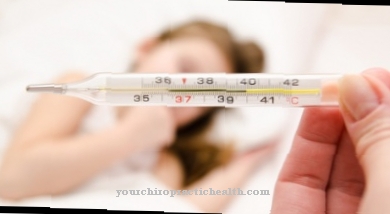



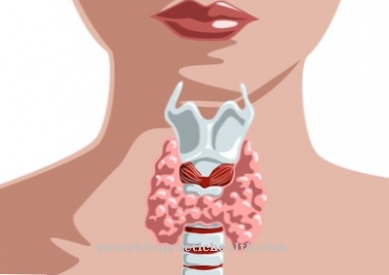

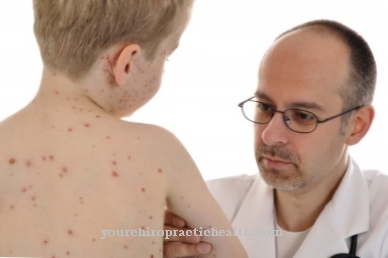


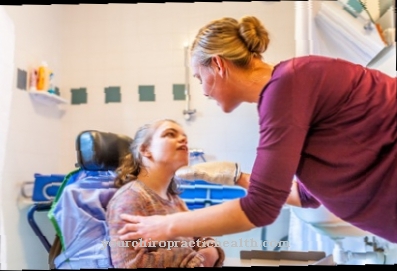
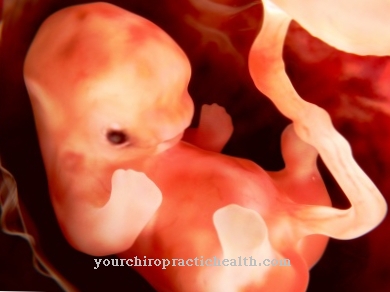
.jpg)


